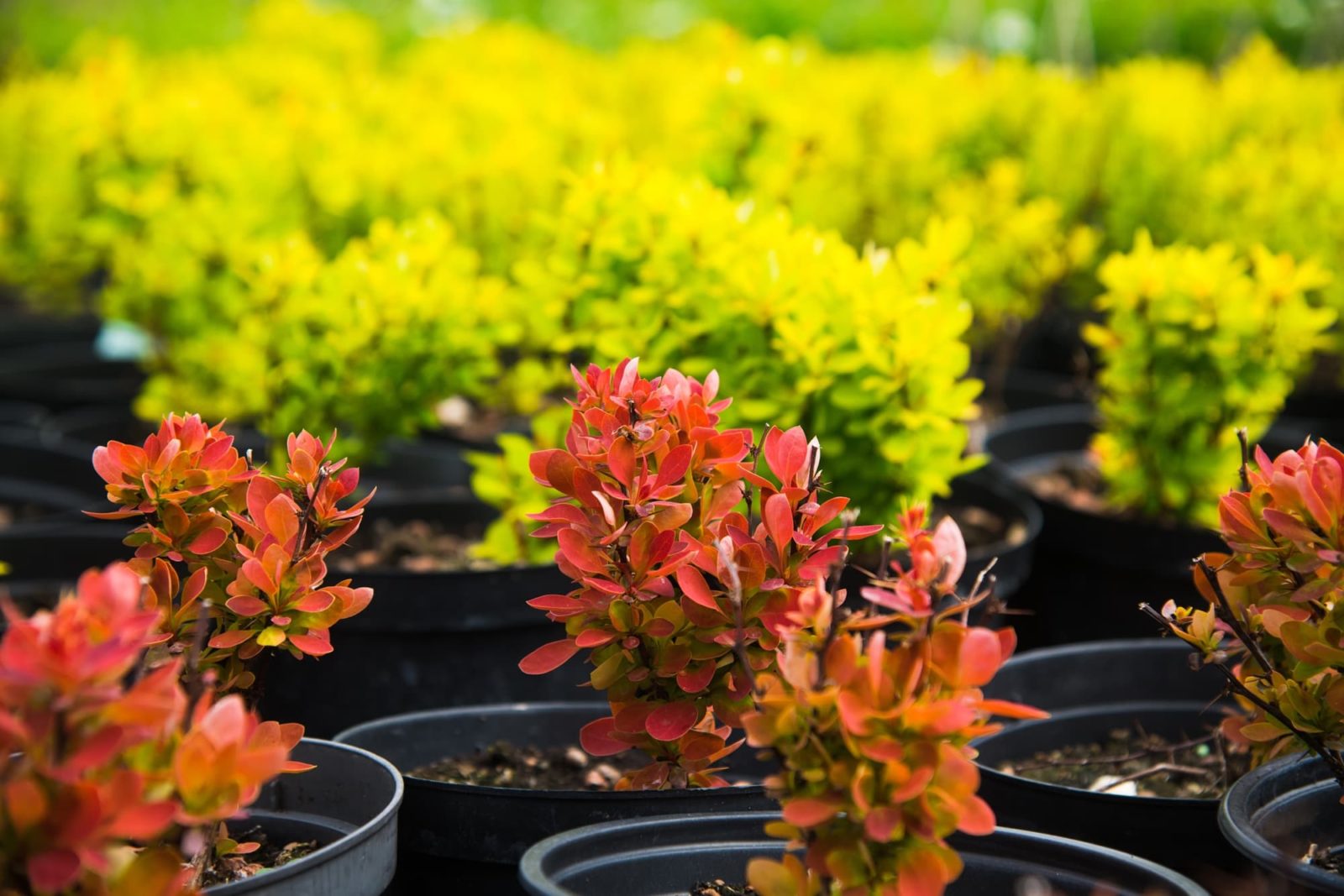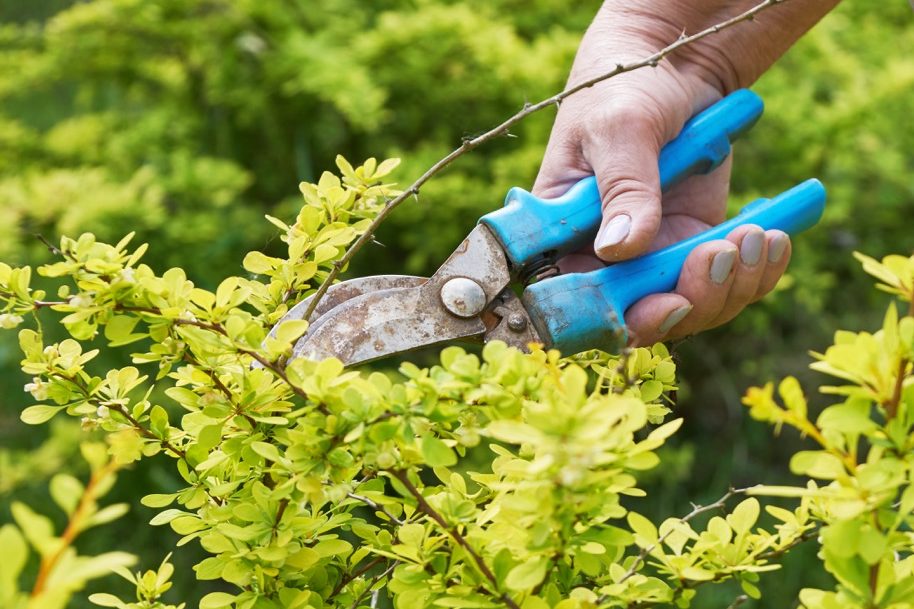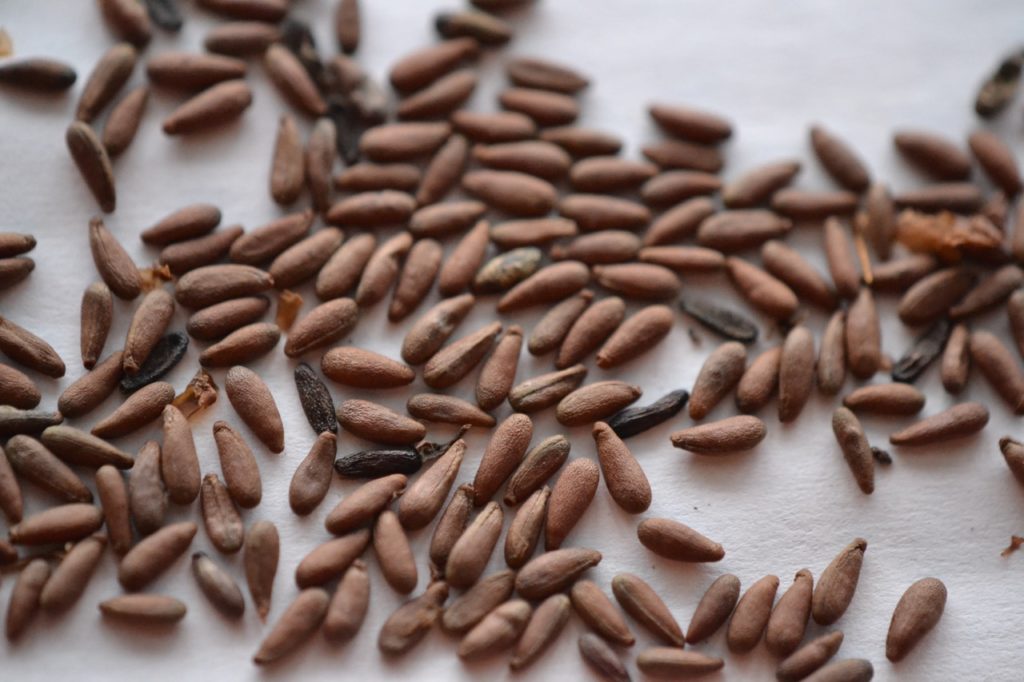You Can Grow A New Barberry Bush From Your Existing Plant – Here Are 3 Methods

SHRUBS > BERBERIS > PROPAGATION

Ed is a horticultural therapist, professional gardener and writer. Ed has a BSc in Occupational Therapy from Coventry University and a Diploma in Social and Therapeutic Horticulture (DipSTH) via Thive, the RHS and Pershore College. Ed runs a community kitchen garden in West Sussex, where he leads horticultural therapy sessions.
Reviewed By PETER LICKORISH

Peter is a Horticulture Lecturer and self-employed Horticulturist, with a passion for diverse areas of the industry - from garden design to the science behind plant growth and propagation. He has completed the Royal Horticultural Society’s Master of Horticulture (MHort) Award and lectures on RHS courses at Bedford College.
BERBERIS GUIDES
Overwintering
Propagation
Pruning
Varieties
Berberis, commonly known as ‘Barberries’, are a group of evergreen and deciduous shrubs that are widely grown for their attractive foliage and ability to entice wildlife into the garden.
Growing berberis via propagation can prove challenging, with different methods recommended for different species.
Luckily, we’re here to explain all.
Propagating new berberis plants can be achieved by following one of three methods:
- Taking berberis cuttings from an existing plant.
- Growing berberis from seed after a period of cold stratification.
- Layering from existing plants, by wounding and pegging an existing stem under the soil.
These different processes are explained in more depth below.
| Difficulty | Medium |
| Equipment Required | Secateurs, a knife, pots or seed trays, propagator, pegs |
1) Take Cuttings From An Existing Plant
Semi-ripe nodal, heel or mallet cuttings taken in summer can be used to propagate some deciduous and evergreen berberis with good success.
Nodal cuttings can be used for vigorous species by taking 10-15cm lengths of new growth about 1cm thick from mid-summer until autumn.
Heel cuttings are widely used due to their chance of striking and are taken from thin green side shoots that are gently pulled away from the main stem, taking a heel of slightly woody stem with them.
Mallet cuttings can be used to propagate thin-stemmed varieties, including the popular Japanese Berberis thunbergii.

These are side-shoots of current season’s growth which include a small piece of the older stem they are joined to.
Cut 1cm of older stem above and below where the side shoot joins, the base of which can be inserted in the potting medium.
With all semi-ripe cuttings, choose healthy material and use a pair of clean and sharp secateurs or a knife.
Place the cuttings in a free-draining cuttings mix, cover to prevent drying out and keep the soil moist until they root.
“Try to prevent cuttings from touching each other, as any rotting could easily transfer this way,” shares Master Horticulturist Peter Lickorish.
Once rooted, the cuttings can be potted up individually and grown on over winter under cover, ready to plant out the following year.
“Check for rooting by looking through the holes in the bottom of the pot,” adds Peter.
2) Grow From Seed
Berberis seeds can be sourced from online suppliers or harvested from existing plants in the autumn, but will need a period of cold stratification to germinate.
However, keep in mind that, due to hybridisation, growing from collected seeds may not produce plants true to their parent.

Once collected, the seeds can be sown straight away into trays or pots filled with a seed-sowing compost mix and placed in an unheated greenhouse or cold frame over winter.
If sowing purchased berberis seeds, it is advisable to follow the timings above to encourage the seeds to break dormancy and germinate.
Germination can take several months, but once large enough to handle, the seedlings can be potted individually and only planted out when they reach a suitable size.
3) Layering
Another technique that can be used for propagating berberis is layering.
This method is commonly used for plants and shrubs that do not take easily from cuttings.
Evergreen berberis shrubs are best layered in spring, whilst deciduous species are often layered in the autumn.
To propagate by layering, select a healthy and long stem that can easily be bent down to touch the soil.
Using a clean and sharp knife, carefully wound the outside of the chosen stem 20-40cm from the stem’s tip at a leaf joint and peg the wounded section just under the surface of the soil, with the tip free to grow upright.
“To make a wound, I usually make a shallow flap on the edge of the stem with my knife and I prop this open with a small, dry twig,” explains Peter.
“I use a pencil or dibber, rubbed on clothing to generate some static, to transfer a small amount of rooting powder inside this wound.”
After 8-12 months, the layered stem should have produced roots from the wound and can be separated from the parent plants and potted up to grow.
Whichever method of propagation is chosen, this process will take time, and it can be at least 2-3 years until the new plants might bloom.
However, propagating can be a very rewarding and cost-effective way of producing new berberis specimens.
